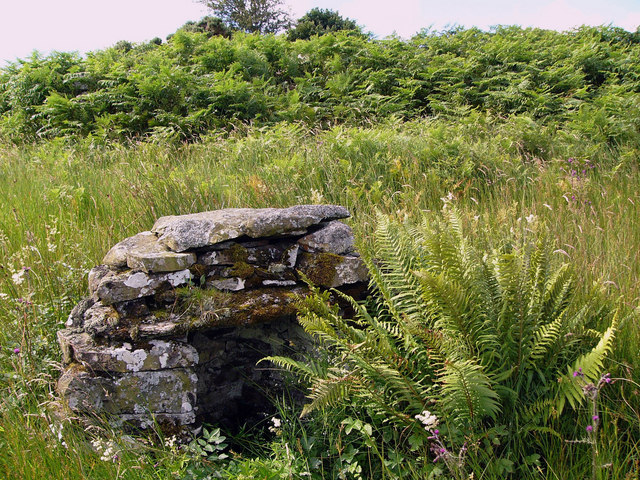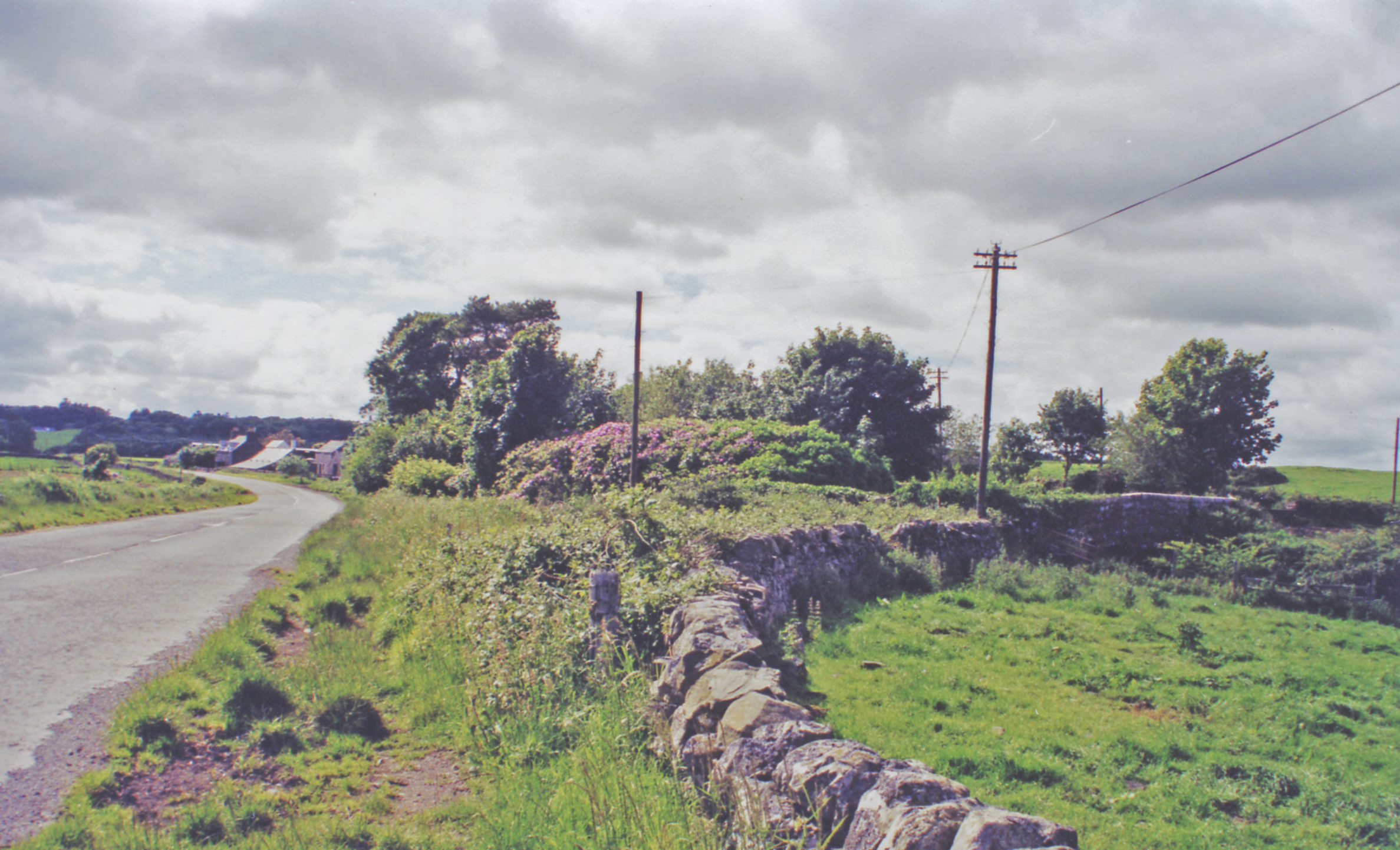Blairderry Moss
Hill, Mountain in Wigtownshire
Scotland
Blairderry Moss

Blairderry Moss is a prominent hill located in Wigtownshire, a historic county in the southwest of Scotland. It is part of the larger Galloway Hills range and stands at an elevation of approximately 567 meters (1,860 feet) above sea level. The hill offers stunning panoramic views of the surrounding countryside, making it a popular destination for hikers and nature enthusiasts.
Blairderry Moss is characterized by its rugged terrain and heather-covered slopes. The hill is composed mainly of granite and is home to a diverse range of flora and fauna. The surrounding area is scattered with small lochs and peat bogs, adding to its natural beauty.
Hiking trails lead to the summit of Blairderry Moss, providing visitors with the opportunity to enjoy the breathtaking vistas and observe the local wildlife. Birdwatchers may spot species such as red grouse, golden eagles, and peregrine falcons soaring above the hill. The moorland surrounding the hill is also inhabited by various mammals, including red deer and mountain hares.
Blairderry Moss is easily accessible, with several footpaths and parking areas nearby. The hill is located in close proximity to the town of Wigtown, renowned for its annual book festival and its rich literary heritage. Visitors to Blairderry Moss can combine their outdoor adventure with a visit to Wigtown, exploring its charming streets and bookshops.
Overall, Blairderry Moss in Wigtownshire offers a captivating natural landscape, providing an ideal setting for outdoor activities and a peaceful retreat for those seeking tranquility amidst Scotland's scenic beauty.
If you have any feedback on the listing, please let us know in the comments section below.
Blairderry Moss Images
Images are sourced within 2km of 54.91424/-4.7082763 or Grid Reference NX2661. Thanks to Geograph Open Source API. All images are credited.

Blairderry Moss is located at Grid Ref: NX2661 (Lat: 54.91424, Lng: -4.7082763)
Unitary Authority: Dumfries and Galloway
Police Authority: Dumfries and Galloway
What 3 Words
///lifestyle.prestige.extremes. Near Newton Stewart, Dumfries & Galloway
Nearby Locations
Related Wikis
Barhapple Loch
Barhapple Loch is a small semicircular freshwater loch located in Wigtownshire, Dumfries and Galloway in Scotland. Barhapple Loch is principally known...
Tarf Water, Wigtownshire
The Tarf Water is a river in the former county of Wigtownshire in south-west Scotland. It rises on the Ayrshire border (55.0048°N 4.7815°W / 55.0048;...
Kirkcowan railway station
Kirkcowan railway station served the village of Kirkcowan, Dumfries and Galloway, Scotland from 1861 to 1965 on the Portpatrick and Wigtownshire Joint...
Kirkcowan
Kirkcowan is an area about 15 miles in length, and from nearly two to nearly seven miles in breadth, comprising 30,580 acres, of which 7000 are arable...
Nearby Amenities
Located within 500m of 54.91424,-4.7082763Have you been to Blairderry Moss?
Leave your review of Blairderry Moss below (or comments, questions and feedback).



















